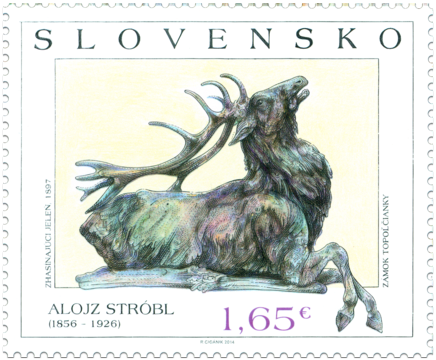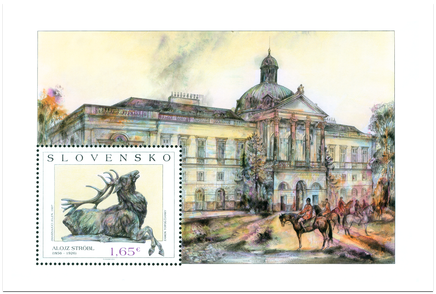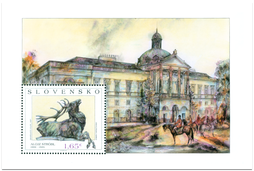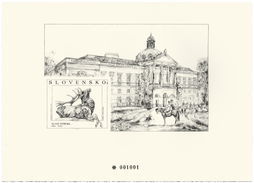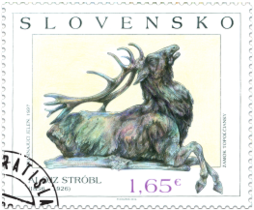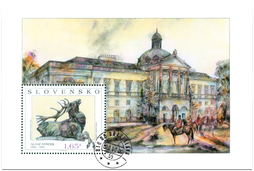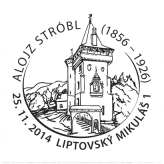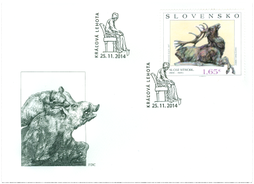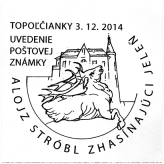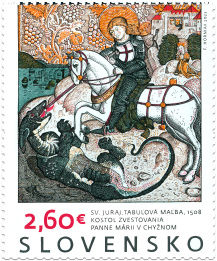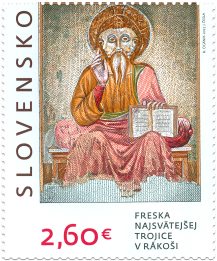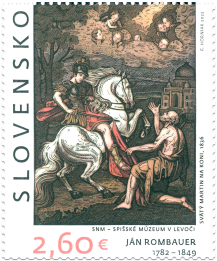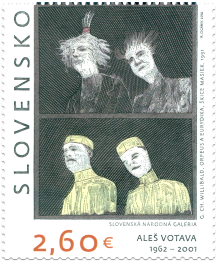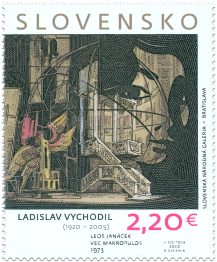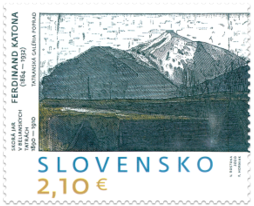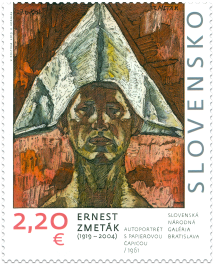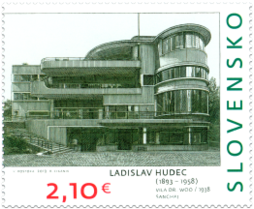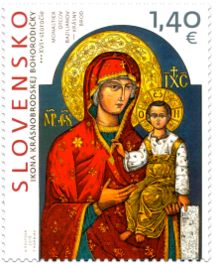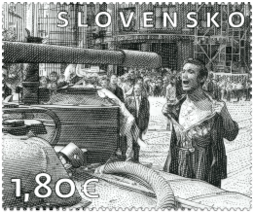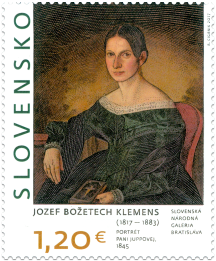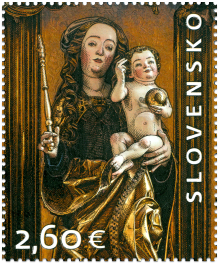This product is not for sale
This product is part of the following products
577 Date of issue
25.11.2014 Face value
1.65 €
Being the greatest Hungarian sculptor of the period around 1900 and “the last knight of Romanticism”, Alojz Stróbl was born in Liptov Region, in a hamlet near Kráľova Lehota. He studied at the Secondary School of Industrial Art and subsequently at the Academy of Fine Arts in Vienna from 1876. Stróbl usually spent his summer time in the manor house located in Diviaky, where his father worked as an administrator. The sculptural group Maternal Love gave him an opportunity to attend classes of Caspar von Zumbusch, author of well-known monuments on Ringstraße. Thanks to support of the Emperor Franz Joseph I, Stróbl settled in Budapest in 1881. Statues of the greats of classical music he made for the opera house earned him fame. In 1885, he was appointed Professor of Sculpture and then promoted to Headmaster of the School of Sculpture in two years. He furnished its premises with old sculptures and replicas of famous works, held renowned garden parties and made snow statues with students during winter. In 1895, he married Alojzia Kratochvílová, daughter of his stepbrother and had three children with her.
Stróbl bought his native house in 1893 and turned it into a place in a style of the period of Matthias Corvinus. The house decorations included even the sculpture of his mother awarded at the Paris World’s Fair of 1900 and the one entitled Injured Boar from 1902. He held large hunting events. Stróbl was visited by the Bulgarian Tzar and also by the Emperor, who participated in unveiling of his statues, Matthias Fountain (1904) and Sculpture of King Saint Stephen of Hungary (1906), at the Buda Castle. In 1905, Count Ľudovít Károlyi, who devoted his whole life to development of forestry, asked Stróbl to make the bronze sculpture Dying Deer for him and placed it to the park surrounding his manor house in Stupava. Today, the statue can be found in the park of the manor house in Topoľčianky.
Marta Herucová
© 2024 POFIS - Postal philatelic service. All rights reserved

